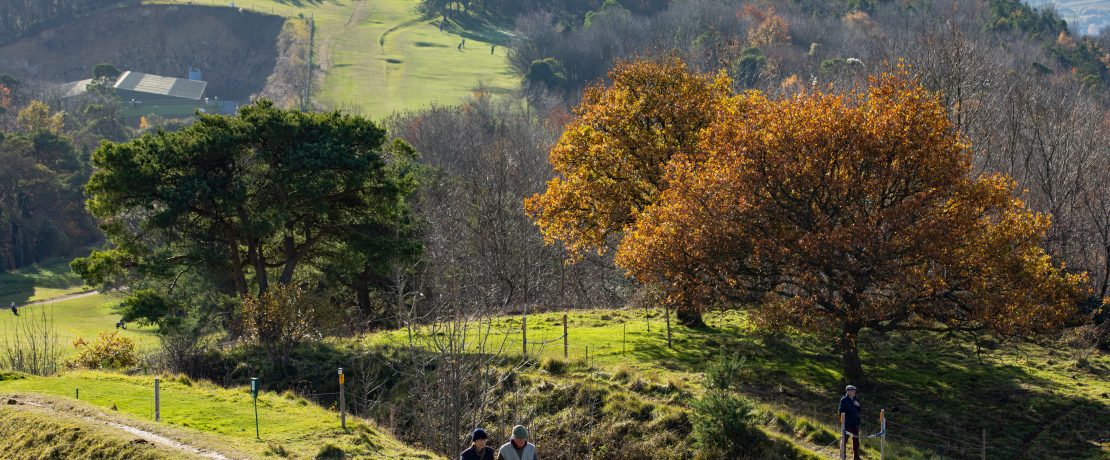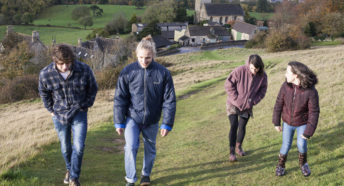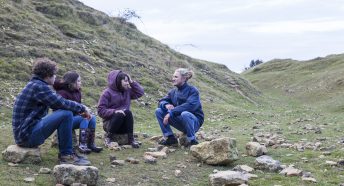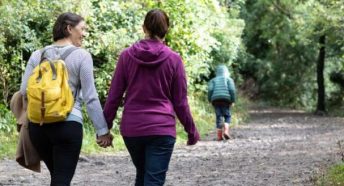‘Crown jewels’ of our countryside under threat like never before
Areas of Outstanding Natural Beauty (AONBs) are some of our most precious landscapes, and many people would expect this to mean that they are safe from being built on. But even though these areas have the strongest protections available in planning law, they are falling foul to an increasing amount of rapid and reckless housing development.
Threats to England’s 34 AONBs from development is increasing at an alarming rate. The CPRE report ‘Beauty still betrayed: The state of our AONBs 2021’ reveals a 129% increase in the amount of greenfield land planned to be built over. The research, conducted by Glennigan Consultancy on behalf of CPRE, has found that high housing pressure is also being applied to land around AONBs, with the number of homes built in the setting (within 500 meters of the boundary) increasing by 135% since 2012.
It is clear this kind of sprawling development is bad for people, nature and the countryside. The research found that the developments on AONBs use up twice as much land compared to the national average for developments. Yet only 16% of the homes built in AONBs are considered affordable even by the government’s own definition. Clear evidence shows that the real affordability of housing in many rural areas is much worse than the government estimates. Tragically, the kind of housing currently being provided will do little to tackle the affordable housing crisis, while concreting over precious countryside and setting back action to tackle the climate and nature emergencies.
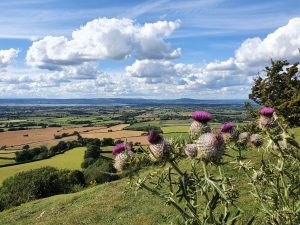
Commenting on the findings, Crispin Truman, chief executive of CPRE, the countryside charity, said:
‘The fact that some of our most highly-prized areas of countryside are being lost to build more executive homes says a great deal about our planning system. Continuing with this ‘build and be damned’ approach just serves to line the pockets of greedy developers whilst undermining climate action, stalling nature’s recovery and gobbling up our most precious green space that’s vital for our health and wellbeing, all while doing next to nothing to tackle the affordable housing crisis.
‘Rural communities are crying out for well-designed, quality and genuinely affordable homes in the right places. We know this kind of development is possible. To start building the right nature-friendly and low carbon homes in the right places, we must see a swift change of tack from the government to put nature and countryside communities at the heart of any future Planning Bill. Continuing to give developers more power in the planning system will only make this bad situation worse.’
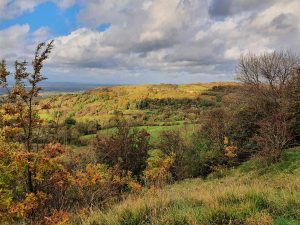
The North/South divide
It is also interesting to note the North/South divide when it comes to threats to our AONBs, with particular pressure on AONB land in the South West and South East of England. In these areas, more than half (52%) of all planning permissions for development on greenfield land in AONBs have been granted, including:
- The High Weald AONB has seen 932 housing units on greenfield land approved since 2017;
- The Dorset AONB has seen 771 housing units on greenfield land approved since 2017;
- The Chilterns AONB has seen 771 housing units on greenfield land approved since 2017; and
- The Cotswolds AONB has seen 684 housing units on greenfield land approved since 2017.
CPRE is calling on the government to use the upcoming Planning Bill to strengthen planning protections for precious green space and prevent high levels of development in AONBs and further still, only allow development if it meets the needs of local people, nature and the countryside.
Download the report ‘Beauty still betrayed: The state of our AONBs 2021’
